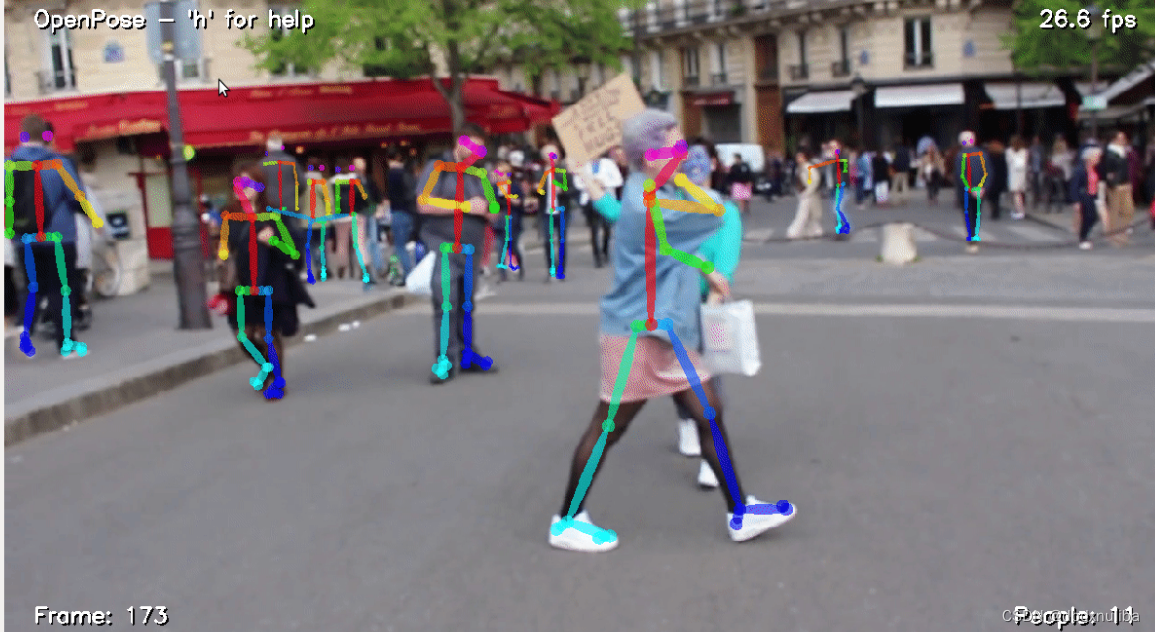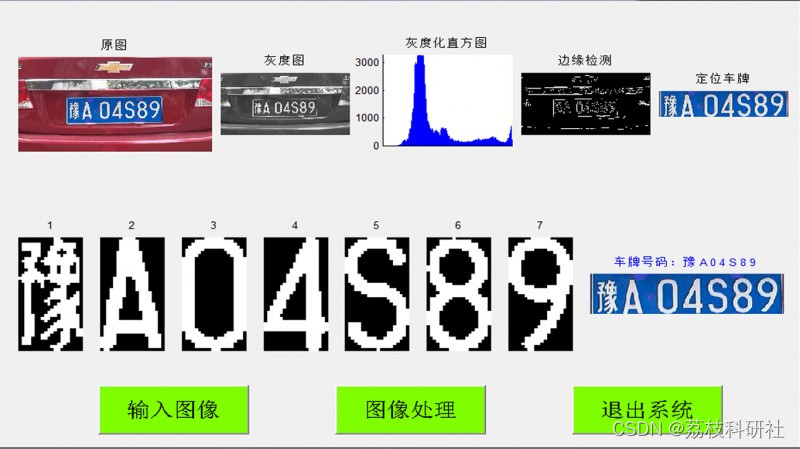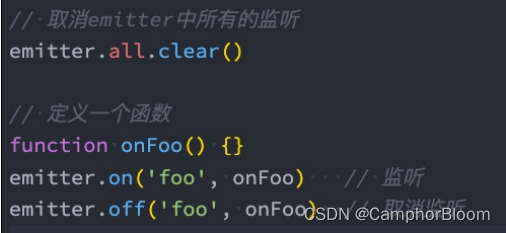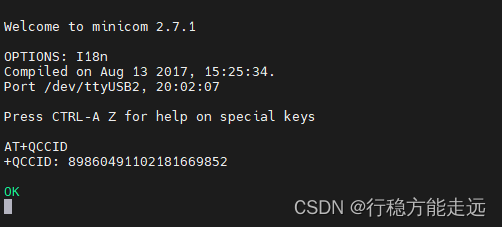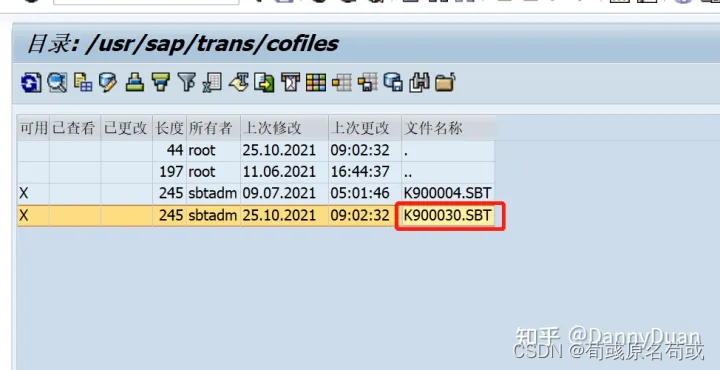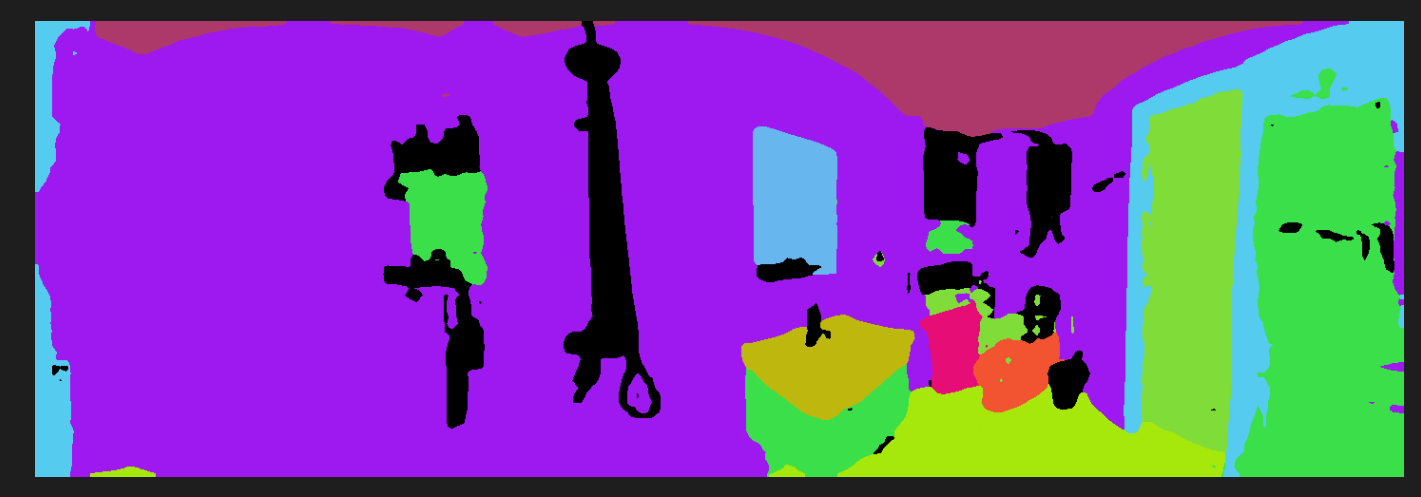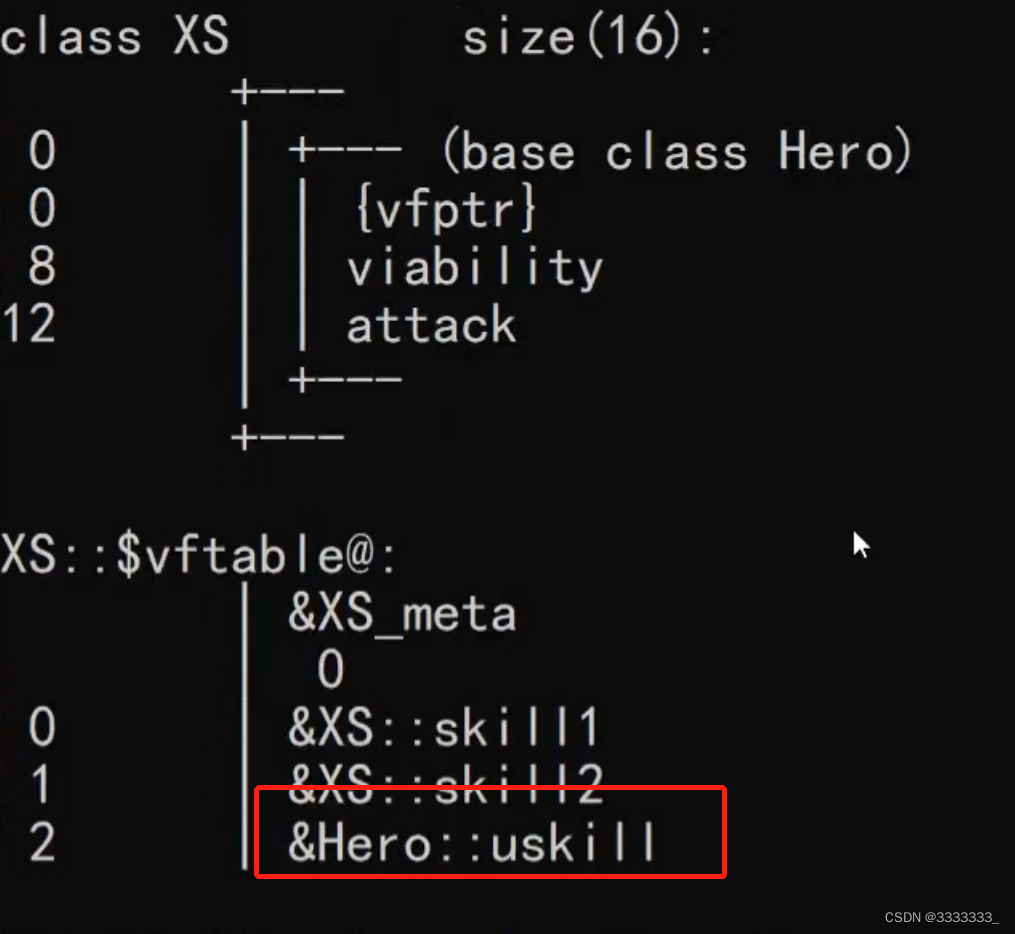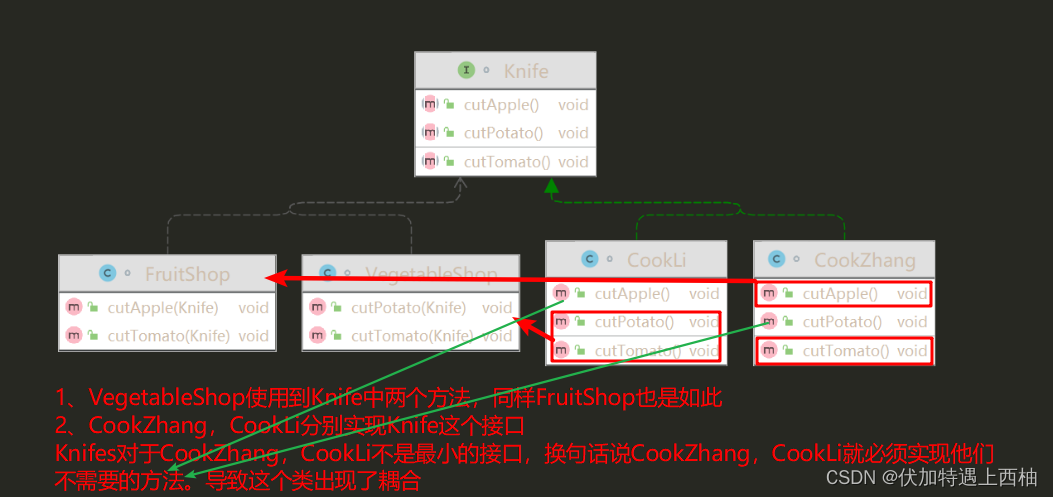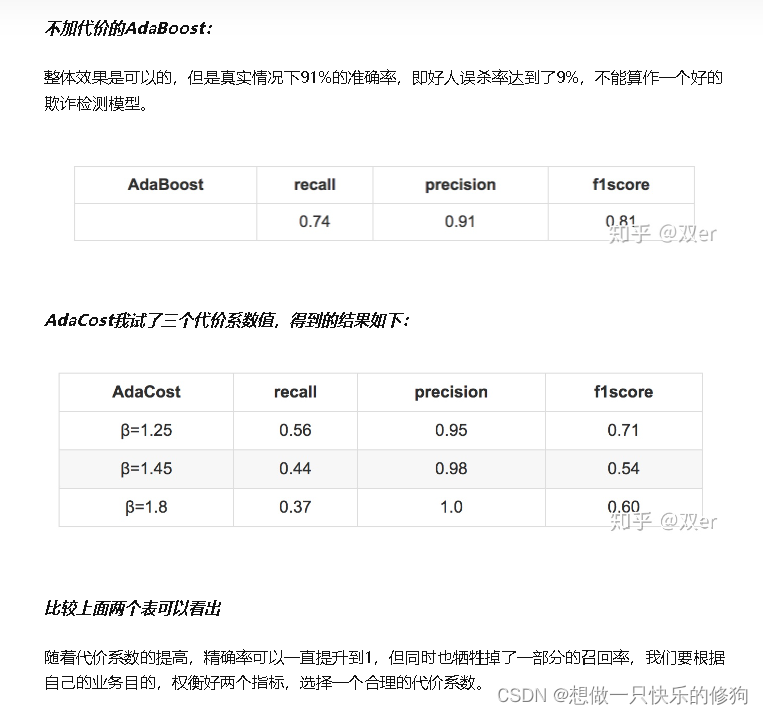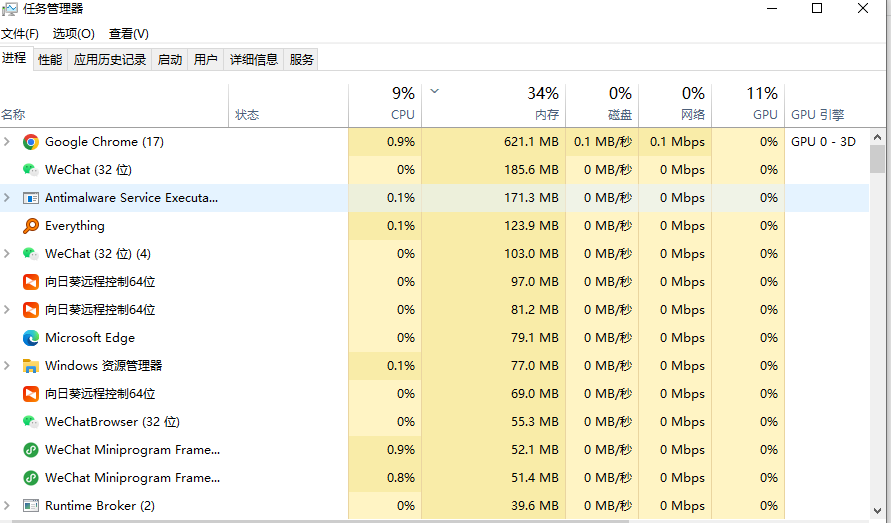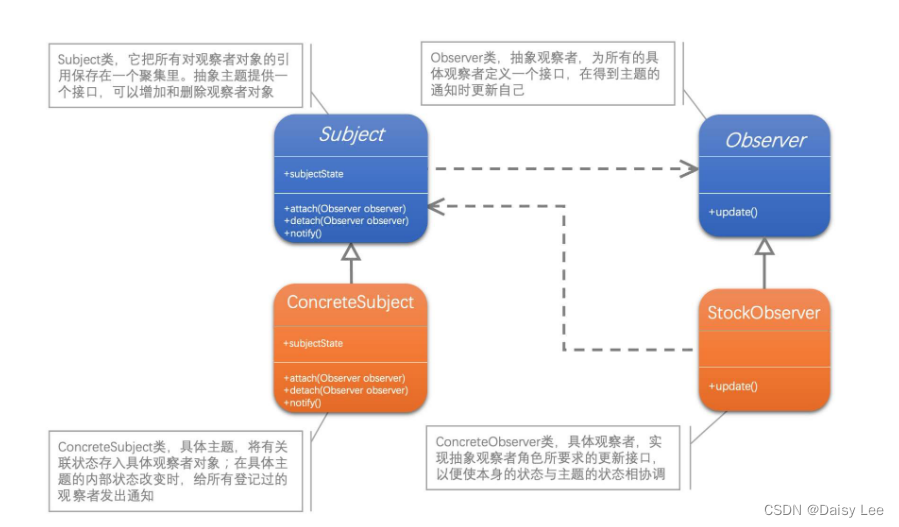来源:力扣(LeetCode)
描述:
有一个具有 n 个顶点的 双向 图,其中每个顶点标记从 0 到 n - 1(包含 0 和 n - 1)。图中的边用一个二维整数数组 edges 表示,其中 edges[i] = [ui, vi] 表示顶点 ui 和顶点 vi 之间的双向边。 每个顶点对由 最多一条 边连接,并且没有顶点存在与自身相连的边。
请你确定是否存在从顶点 source 开始,到顶点 destination 结束的 有效路径 。
给你数组 edges 和整数 n、source 和 destination,如果从 source 到 destination 存在 有效路径 ,则返回 true,否则返回 false 。
示例 1:
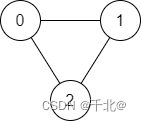
输入:n = 3, edges = [[0,1],[1,2],[2,0]], source = 0, destination = 2
输出:true
解释:存在由顶点 0 到顶点 2 的路径:
- 0 → 1 → 2
- 0 → 2
示例 2:

输入:n = 6, edges = [[0,1],[0,2],[3,5],[5,4],[4,3]], source = 0, destination = 5
输出:false
解释:不存在由顶点 0 到顶点 5 的路径.
提示:
- 1 <= n <= 2 * 105
- 0 <= edges.length <= 2 * 105
- edges[i].length == 2
- 0 <= ui, vi <= n - 1
- ui != vi
- 0 <= source, destination <= n - 1
- 不存在重复边
- 不存在指向顶点自身的边
前言
题目要求判断是否存在从起点 source 到终点 destination 的有效路径,等价于求图中两个顶点 source, destination 是否连通。两点连通性问题为经典问题,一般我们可以使用广度优先搜索或深度优先搜索,以及并查集来解决。
方法一:广度优先搜索
思路与算法
使用广度优先搜索判断顶点 source 到顶点 destination 的连通性,需要我们从顶点 source 开始按照层次依次遍历每一层的顶点,检测是否可以到达顶点 destination。遍历过程我们使用队列存储最近访问过的顶点,同时记录每个顶点的访问状态,每次从队列中取出顶点 vertex 时,将其未访问过的邻接顶点入队列。
初始时将顶点 source 设为已访问,并将其入队列。每次将队列中的节点 vertex 出队列,并将与 vertex 相邻且未访问的顶点 next 入队列,并将 next 设为已访问。当队列为空或访问到顶点 destination 时遍历结束,返回顶点 destination 的访问状态即可。
代码:
class Solution {
public:
bool validPath(int n, vector<vector<int>>& edges, int source, int destination) {
vector<vector<int>> adj(n);
for (auto &&edge : edges) {
int x = edge[0], y = edge[1];
adj[x].emplace_back(y);
adj[y].emplace_back(x);
}
vector<bool> visited(n, false);
queue<int> qu;
qu.emplace(source);
visited[source] = true;
while (!qu.empty()) {
int vertex = qu.front();
qu.pop();
if (vertex == destination) {
break;
}
for (int next: adj[vertex]) {
if (!visited[next]) {
qu.emplace(next);
visited[next] = true;
}
}
}
return visited[destination];
}
};
执行用时:632 ms, 在所有 C++ 提交中击败了15.39%的用户
内存消耗:145.6 MB, 在所有 C++ 提交中击败了38.17%的用户
复杂度分析
时间复杂度:O(n + m),其中 n 表示图中顶点的数目,m 表示图中边的数目。对于图中的每个顶点或者每条边,我们最多只需访问一次,因此时间复杂度为 O(n + m)。
空间复杂度:O(n + m),其中nn 表示图中顶点的数目,m 表示图中边的数目。空间复杂度主要取决于邻接顶点列表、记录每个顶点访问状态的数组和队列,邻接顶点列表需要的空间为 O(n + m),记录访问状态需要 O(n) 的空间,进行广度优先搜索时队列中最多只有 n 个元素,因此总的空间复杂度为 (n + m)。
方法二:深度优先搜索
思路与算法
我们使用深度优先搜索检测顶点 source, destination 的连通性,需要从顶点 source 开始依次遍历每一条可能的路径,判断可以到达顶点 destination,同时还需要记录每个顶点的访问状态防止重复访问。
首先从顶点 source 开始遍历并进行递归搜索。搜索时每次访问一个顶点 \textit{vertex} vertex 时,如果 vertex 等于 destination 则直接返回,否则将该顶点设为已访问,并递归访问与 vertex 相邻且未访问的顶点 next。如果通过 next 的路径可以访问到 destination,此时直接返回 true,当访问完所有的邻接节点仍然没有访问到 destination,此时返回 false。
代码:
class Solution {
public:
bool dfs(int source, int destination, vector<vector<int>> &adj, vector<bool> &visited) {
if (source == destination) {
return true;
}
visited[source] = true;
for (int next : adj[source]) {
if (!visited[next] && dfs(next, destination, adj, visited)) {
return true;
}
}
return false;
}
bool validPath(int n, vector<vector<int>>& edges, int source, int destination) {
vector<vector<int>> adj(n);
for (auto &edge : edges) {
int x = edge[0], y = edge[1];
adj[x].emplace_back(y);
adj[y].emplace_back(x);
}
vector<bool> visited(n, false);
return dfs(source, destination, adj, visited);
}
};
执行用时:496 ms, 在所有 C++ 提交中击败了33.71%的用户
内存消耗:207.4 MB, 在所有 C++ 提交中击败了11.33%的用户
复杂度分析
时间复杂度:O(n + m),其中 n 表示图中顶点的数目,m 表示图中边的数目。对于图中的每个顶点或者每条边,我们最多只需访问一次,对于每个顶因此时间复杂度为 O(n + m)。
空间复杂度:O(n + m),其中 n 表示图中顶点的数目,m 表示图中边的数目。空间复杂度主要取决于邻接顶点列表、记录每个顶点访问状态的数组和递归调用栈,邻接顶点列表需要 O(m + n)的存储空间,记录每个顶点访问状态的数组和递归调用栈分别需要 O(n)O(n) 的空间,因此总的空间复杂度为 O(m + n)。
方法三:并查集
思路与算法
我们将图中的每个强连通分量视为一个集合,强连通分量中任意两点均可达,如果两个点 source 和 destination 处在同一个强连通分量中,则两点一定可连通,因此连通性问题可以使用并查集解决。
并查集初始化时,n 个顶点分别属于 n 个不同的集合,每个集合只包含一个顶点。初始化之后遍历每条边,由于图中的每条边均为双向边,因此将同一条边连接的两个顶点所在的集合做合并。
遍历所有的边之后,判断顶点 source 和顶点 destination 是否在同一个集合中,如果两个顶点在同一个集合则两个顶点连通,如果两个顶点所在的集合不同则两个顶点不连通。
代码:
class UnionFind {
public:
UnionFind(int n) {
parent = vector<int>(n);
rank = vector<int>(n);
for (int i = 0; i < n; i++) {
parent[i] = i;
}
}
void uni(int x, int y) {
int rootx = find(x);
int rooty = find(y);
if (rootx != rooty) {
if (rank[rootx] > rank[rooty]) {
parent[rooty] = rootx;
} else if (rank[rootx] < rank[rooty]) {
parent[rootx] = rooty;
} else {
parent[rooty] = rootx;
rank[rootx]++;
}
}
}
int find(int x) {
if (parent[x] != x) {
parent[x] = find(parent[x]);
}
return parent[x];
}
bool connect(int x, int y) {
return find(x) == find(y);
}
private:
vector<int> parent;
vector<int> rank;
};
class Solution {
public:
bool validPath(int n, vector<vector<int>>& edges, int source, int destination) {
if (source == destination) {
return true;
}
UnionFind uf(n);
for (auto edge : edges) {
uf.uni(edge[0], edge[1]);
}
return uf.connect(source, destination);
}
};
执行用时:360 ms, 在所有 C++ 提交中击败了55.85%的用户
内存消耗:124.8 MB, 在所有 C++ 提交中击败了43.39%的用户
复杂度分析
时间复杂度: O(n + m × α(m)),其中 n 是图中的顶点数,m 是图中边的数目,α 是反阿克曼函数。并查集的初始化需要 O(n) 的时间,然后遍历 m 条边并执行 m 次合并操作,最后对 source 和 destination 执行一次查询操作,查询与合并的单次操作时间复杂度是 O(α(m)),因此合并与查询的时间复杂度是 O(m×α(m)),总时间复杂度是O(n+m×α(m))。
空间复杂度:O(n),其中 n 是图中的顶点数。并查集需要 O(n) 的空间。
author:LeetCode-Solution

